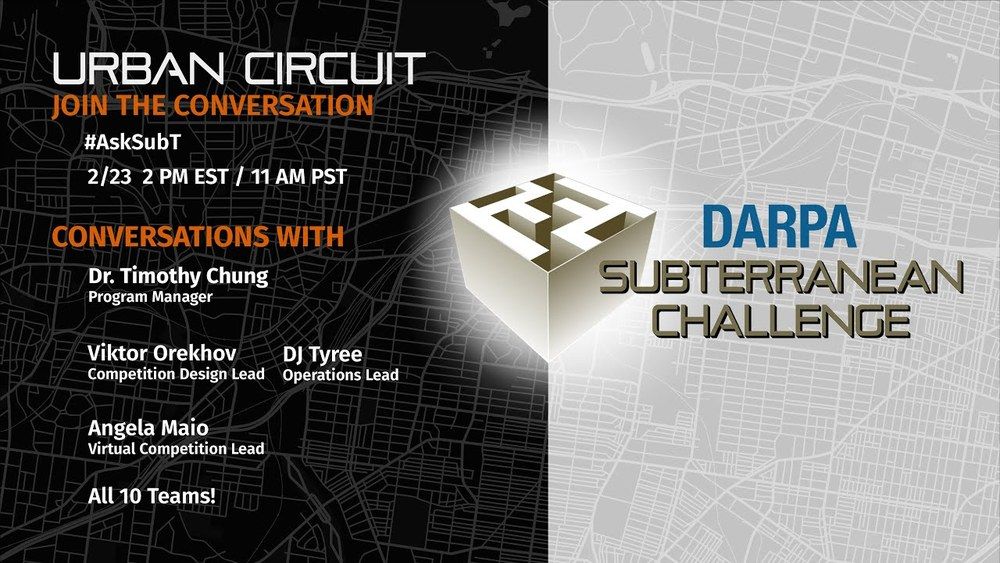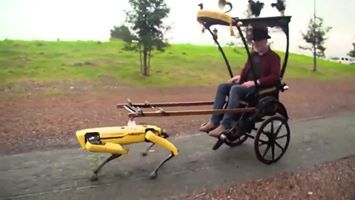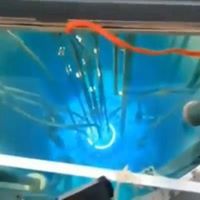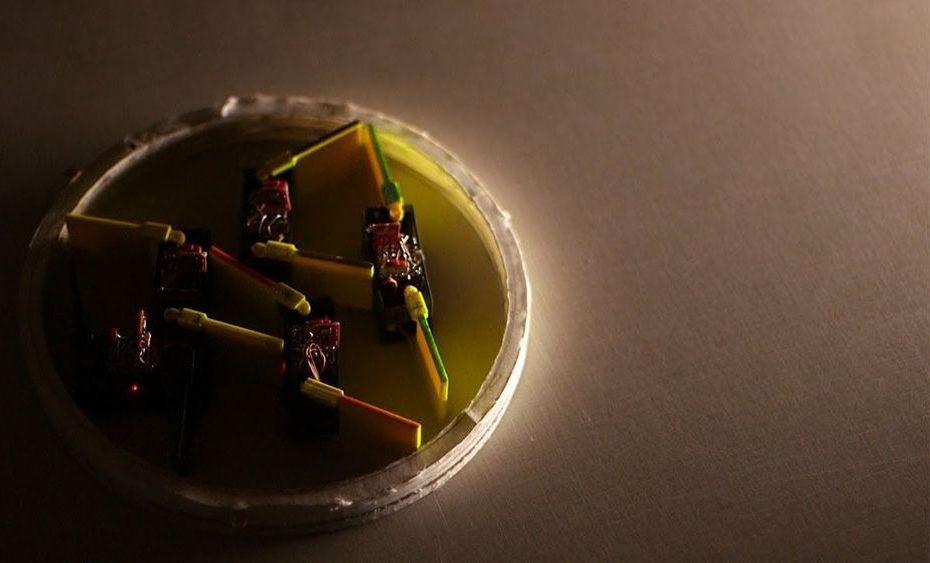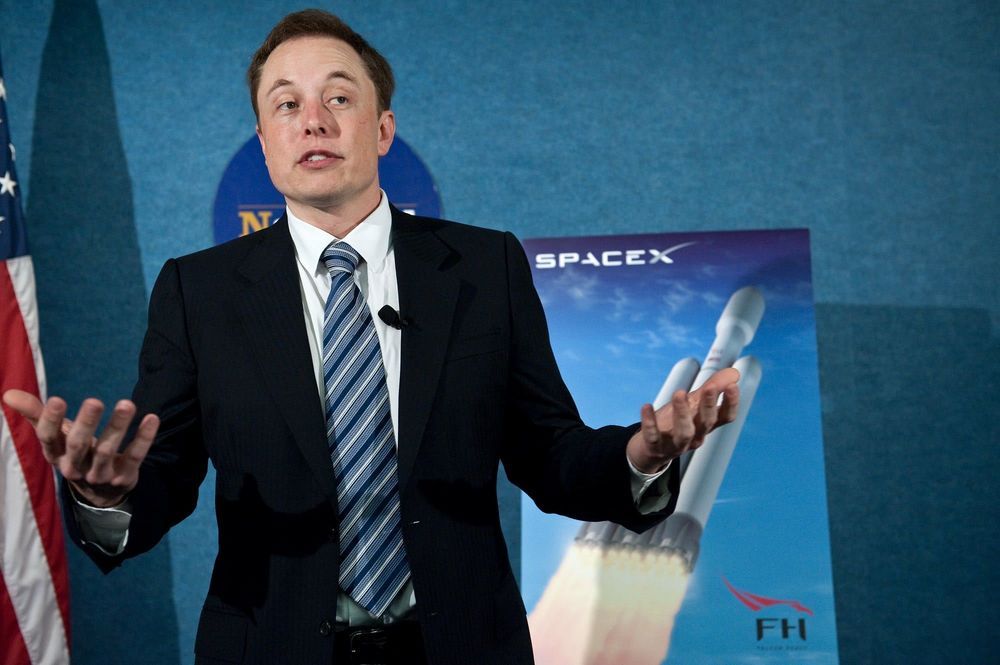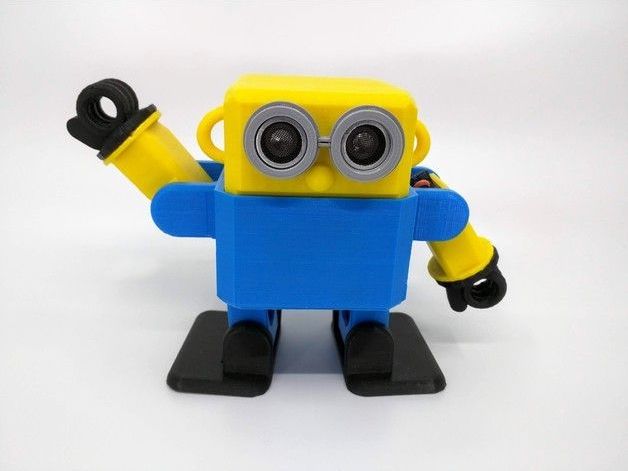Feb 23, 2020
SubTv — Between the Rounds — DARPA Subterranean Challenge
Posted by Omuterema Akhahenda in category: robotics/AI
Robots are resting, but the #SubTChallenge humans are hard at work today, prepping the course for Round 2 of the Urban Circuit. Have questions about the SubT Challenge? Submit via #AskSubT. We’ll answer as many as we can 2pm ET/11am PT Sunday. Watch:
